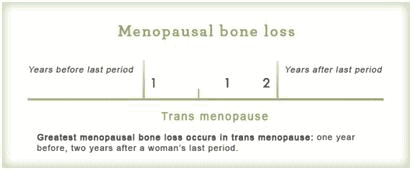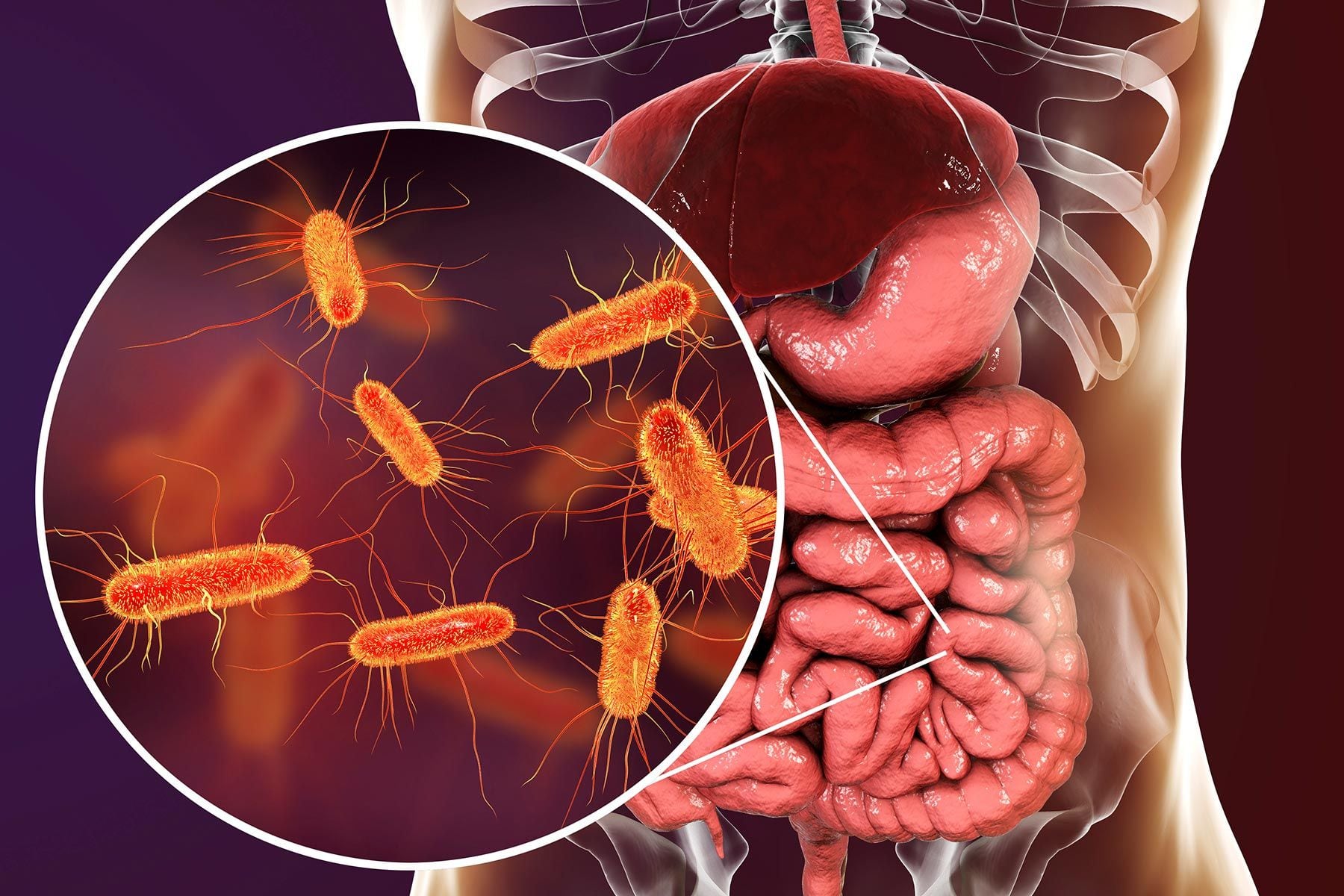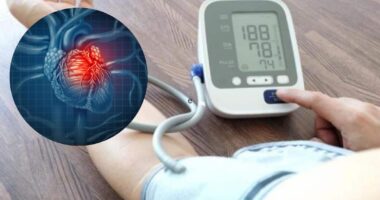Bone loss in menopause – Are you at risk of losing up to 20% of your bone in the years around menopause? Women with accelerated bone loss – called “fast losers” in a new study – run a greater risk of developing osteoporosis and weaker bones than the average woman. The average woman only loses 8-10% of her bone mass during the three years around menopause.
This new study shows there’s an easy way to find out if you’re a “fast loser” of bone so you can take action to stop it.
Find out if you’re a “fast loser” of bone
Researchers focused on the use of the N-telopeptide crosslinks test — a urine test — to help identify women most at risk for greater and faster bone loss. As you lose bone, fragments of certain bone proteins show up in the urine; these are called N-telopeptides (NTx). A woman with more NTx protein fragments in her urine is likely undergoing more rapid bone loss, and thus at higher risk of excessive menopausal bone loss.
In the study, researchers looked at the NTx bone breakdown levels in some 500 early post-menopausal women who were within 1-2 years of having their final period. They found the following:
- The higher the urinary NTx level, the faster the rate of bone loss across the menopausal transition. This makes sense: a higher rate of bone breakdown would likely translate into greater bone loss.
- A urinary NTx level above 65 nM BCE/mM Cr was found to identify fast bone losers fairly well. To put this into context, the average premenopausal NTx level is 36 nM BCE/mM Cr, and I have generally found postmenopausal women with a 50 NTx level to be losing ½ to 1% of bone mass per year.
- The association between early postmenopausal NTx and rate of bone loss was stronger at the spine than at the hip. This again makes sense, because the spine is metabolically active trabecular bone, which generally loses mass years before the hip does.
- Furthermore, looking backwards, it was found that a high urinary NTx in perimenopause was also associated with a higher rate of bone loss during the menopause transition.
![]()
Menopausal bone loss is not spread evenly over the 10-year transitional period (5 years before a woman’s last period and 5 years after). Most bone loss occurs in the 3-year period starting 1 year before a woman’s last period and ending 2 years after her last period — known as “trans menopause.”
What does this research mean for you?
If you’re noticing symptoms of perimenopause, like irregular periods and hot flashes or if you underwent menopause recently (within a couple of years), a simple test of your urine NTx level can help you identify a tendency to excessive bone loss.
If you’re experiencing excessive bone loss, you can take steps to find out why this might be so and correct the situation. When I work with individual clients, this is exactly the sort of work I do with them.
More information on the simple urine test can be found in my short video and associated handbook. You can also order this test online through our online inquiry system at our lab partner Evexia.
And since you can’t really know when the year before your last period will occur until you actually have experienced your last period, it’s a good idea to get started right away on a strong Better Bones Program at the first signs of perimenopause.
Reference:
Shieh A, et al. Urinary N-telopeptide and rate of bone loss over the menopause transition an early post-menopause. J Bone Miner Res. 2016;31(11):2057-2064.









